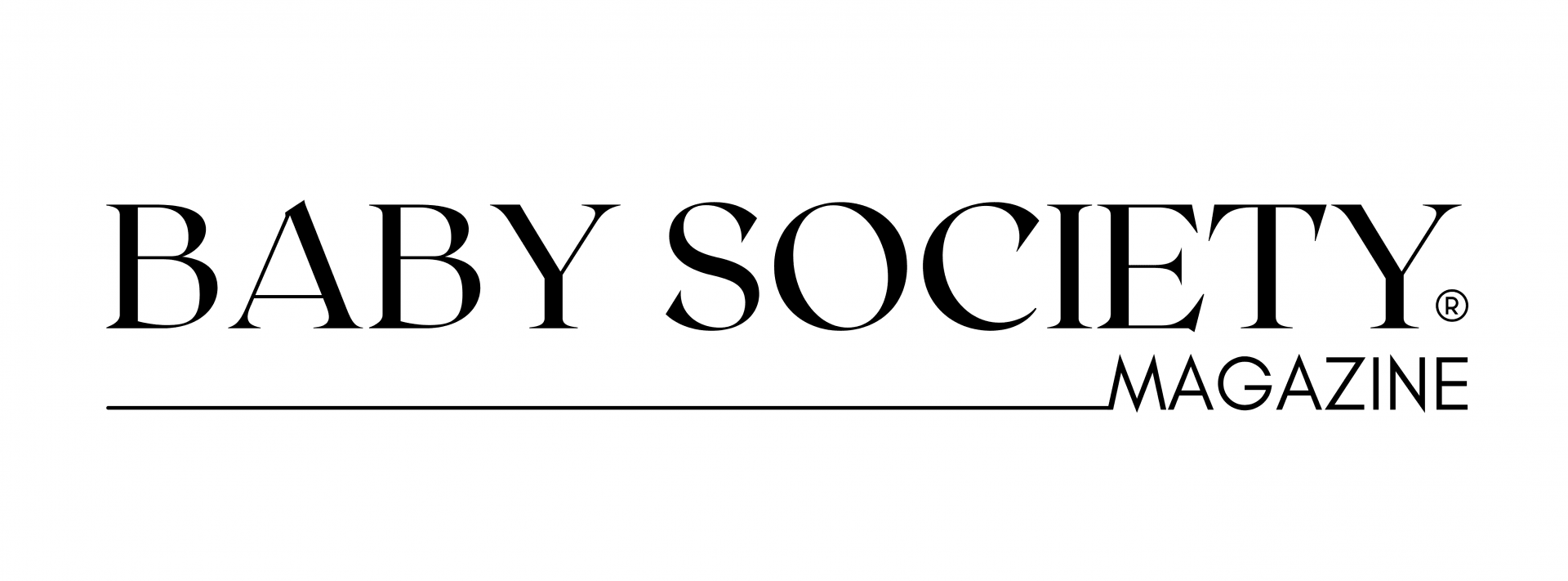New moms will inevitably ask at some point, “When should I stop breastfeeding?” The answers can be confusing. A book says this. An article online says that. Everyone has an opinion: friends, parents, strangers, so-called experts. The only people who should be answering the question are you and your baby. Every dyad is different. Weaning can take anywhere from 30 days to 2 years. Sometimes we rush this process for one reason or another, but contrary to popular belief, there is no age limit on breastfeeding or breastmilk. Breastmilk never loses its nutritional value, just like broccoli it’s good for you at any age. There are different methods for weaning, but always remember this is your baby and your journey. The answer to how and when you wean is yours.
Self-weaning
Self-weaning basically means you allow the child to decide when to stop breastfeeding. Children usually gradually reduce the frequency in which they request to nurse, until they stop altogether.

Did you know that children that are allowed to self-wean often show great independence and develop healthy attachments later on in life? If you choose to self wean, we usually suggest a “don’t offer, don’t refuse” approach. You may be surprised to know that the age of self-weaning worldwide is between the range of 2 and 7 years old!
Mom-weaning
There are times when mom is ready to end the breastfeeding journey before the child is ready. That’s OK. Any reason a mother has to be done with her journey is her choice and 100% valid and to be respected! In this case, regardless of the child’s age we suggest doing this gradually, if possible. If you can cut out one nursing session, do so every 3-5 days to allow your breasts to get the memo to slowly shut down production. You would also want to probably add some therapeutic comfort techniques to this method, as well as any method of weaning.
Reduction weaning
You can use what we call the “don’t offer, don’t refuse” rule. Also limit the amount of time the child is allowed to spend at the breast in each session and SLOWLY reduce this time until many of the breastfeeding sessions are eliminated. It’s recommended that you give 3-5 days between each reduction attempt.
Be aware that the hardest times to eliminate for baby is usually: before bed, middle of the night, and the morning session. These can be especially difficult with an older child, so we suggest these to be the last to go for the most peaceful transition. If the baby is old enough to understand what’s happening, then you’ll want to offer methods of distraction when they want to nurse. Perhaps read a book, watch a show, or instead of nursing replace it with their favorite snack. We are not against bribery to reach the goal of ending this in a peaceful manner! Also, replace breastfeeding with baby massages and cuddle time.
We don’t recommend separating mom and baby as an attempt to wean.
An important tip to add into any of these scenarios: we need to monitor mom and baby throughout. We monitor mom’s breasts and emotions and we monitor baby’s nutritional status. Make sure to watch for significant breast pain, plugged ducts/hard lumps in your breast, and symptoms of mastitis. We also must ensure that baby is being fed, so if baby is younger than one year old, we need to ensure that we use expressed milk or formula as their primary source of nutrition. There may be circumstances in which mom needs extra help and steps for reducing milk production throughout the weaning process. Some comfort measures you can take include the use of fresh green cabbage leaves on the breasts, peppermint, sage and cool compresses. Some medications can help to dry up your milk such as Sudafed.

Click HERE for tips on lowering your milk supply.
Regardless of the timing and need for breastfeeding to end, it’s a process that needs to be done mindfully for many reasons:
– To protect the mother-child relationship.
– Protect mom physically by reducing risk of maternal breast complications.
– Nutritional benefits to baby.
– Focus on the protection of both mom and child emotionally and psychologically.
It’s important to note that some women experience symptoms of postpartum depression and anxiety through this process. We must be in check with not only our breasts, but our minds. We realize there are emergencies that call for quick weaning, or you may struggle with other aspects of this process. It’s important to call your IBCLC in these cases.
BY AUTUMN WAKE, RN, BSN, IBCLC & LAURA COOPER, BA, IBCLCOF

